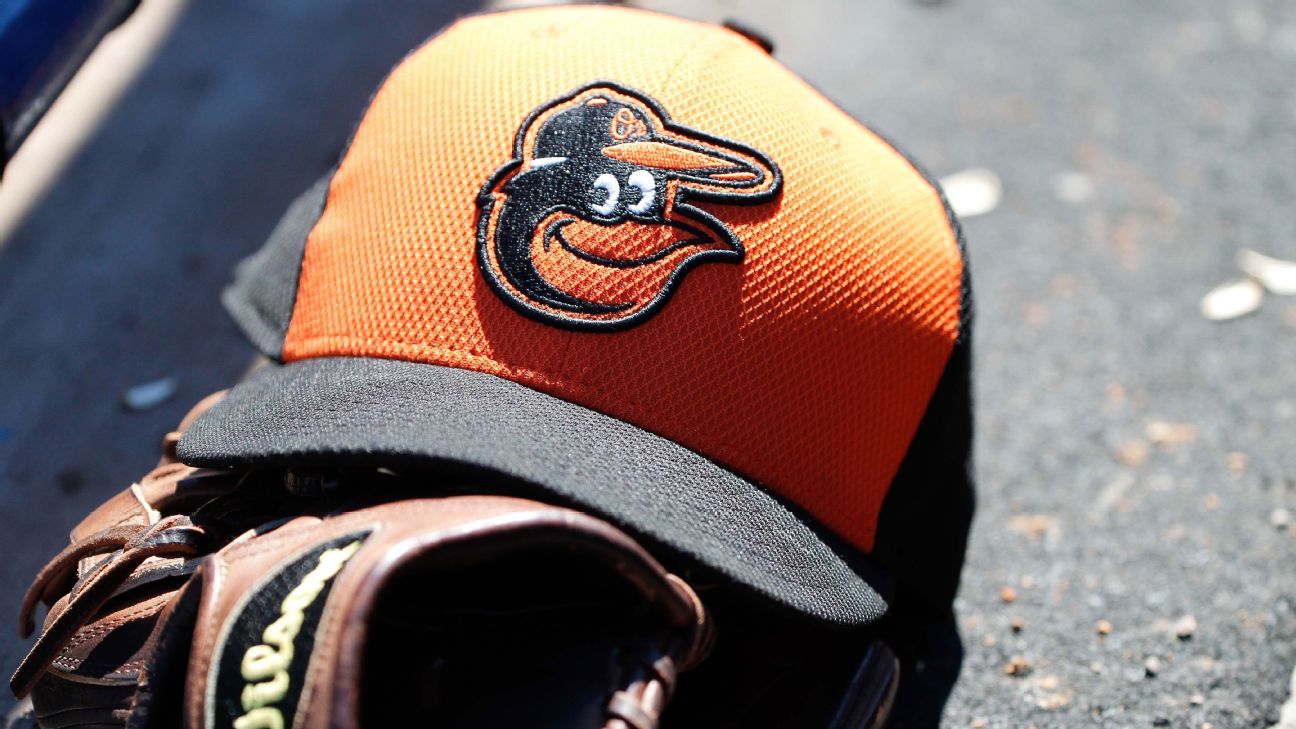
MOORESVILLE, N.C. — It was Memorial Day 1945 and the gates to Indianapolis Motor Speedway remained locked.
Grass and weeds had taken over the facility, growing between the cracks and crevices of the brick surface on the frontstretch.
The world remained at war and the great American tradition known as the Indianapolis 500 had not been held since Memorial Day 1941. Because of World War II, the speedway was shut down from 1942 to 1945 so America could focus its effort on winning the war, rather than 33 men attempting to win the Indianapolis 500.
Earlier that month, Victory in Europe Day was on May 8, 1945, when the Allied Forces finally defeated the Axis Forces of Nazi Germany and Fascist Italy.
Yet on Memorial Day 1945, the world remained at war as the battle in the Pacific raged on against Japan. That war finally ended on Aug. 15, 1945.
That was the last time the gates were locked at the Indianapolis Motor Speedway on Memorial Day or Memorial Day weekend since the early 1900s. The speedway was also shut down in 1917 and ’18 because of World War I.
Race day at the Indianapolis 500 is a time of great celebration in the United States. It is a chance to honor the brave men and women who fought for this country and gave their lives to preserve the freedom and liberty of this great nation.
But on this Memorial Day weekend, the gates will be closed at Indianapolis Motor Speedway once again. The world is once again at war, but this time against an invisible enemy — the COVID-19 virus. It threatens the health and safety of nearly everyone on Earth.
Many have gotten the virus without ever realizing they have it. Others have died horrible deaths from high fever and severe pneumonia.
The fight against this coronavirus has greatly affected humanity as healthy citizens have remained inside in an effort to give the medical world a chance to work against the clock treat patients and discover a potential vaccine to fight the coronavirus pandemic.
Also, once the temperatures rise all over the world, it is hoped the virus idies off, similar to many other viruses.
Until that happens, however, racing has been red flagged.
The 104th Indianapolis 500 has been moved from May 24 to Aug. 23. The traditional schedule of practice days and qualifications, followed by race week, Carb Day, Legends Day and race day will be retained.
It will be the first time the Indianapolis 500 has been run outside the month of May.
In 1967, the first 19 laps of the Indianapolis 500 were completed on May 30 before rained stopped the race. It was completed the next day with A.J. Foyt winning the third of his four Indy 500s.
In 1973, the race was scheduled for Memorial Day Monday, but was rained out on both Monday and Tuesday after a brutal crash at the start of the race left drivers and spectators severely burned. The race was finally run on Wednesday and ultimately shortened by rain as Gordon Johncock won a 500 nobody wanted to remember.
In 1986, the race was rained out on Sunday and Monday. With more rain in the forecast for Tuesday and Wednesday, the race was moved to Saturday, May 31.
Bobby Rahal won that race in dramatic fashion, giving his dying team owner, Jim Trueman, his lifelong dream of a victory in the biggest race in the world.
A week later, Truman died, ravaged from his battle with cancer.
In 1997, rain washed out the Indy 500 and moved to Memorial Day Monday. That race was started but was flagged for more rain on Tuesday. It was finally completed on Wednesday with Arie Luyendyk winning his second Indy 500.
It is hoped that race day, Aug. 23, will dawn under a bright, sunny sky and the grandstands will be filled with fans to watch another epic Indianapolis 500.
It will certainly be an Indianapolis 500 unlike any of us have witnessed in our lifetime. There will be a few of the older fans who remember the last time the gates were locked on Memorial Day at the Indianapolis Motor Speedway in 1945.
Just like that day 75 years ago, the world is at war and the battlefield is the hospitals and medicals facilities around the globe.
The heroes in 1945 were the soldiers.
This year, it’s the doctors, nurses, paramedics, ambulance drivers, policemen, firemen, supermarket workers, pharmacists and everyone else who is helping to fight this invisible enemy.















 Phone: (800) 737. 6040
Phone: (800) 737. 6040 Fax: (800) 825 5558
Fax: (800) 825 5558 Website:
Website:  Email:
Email: 






